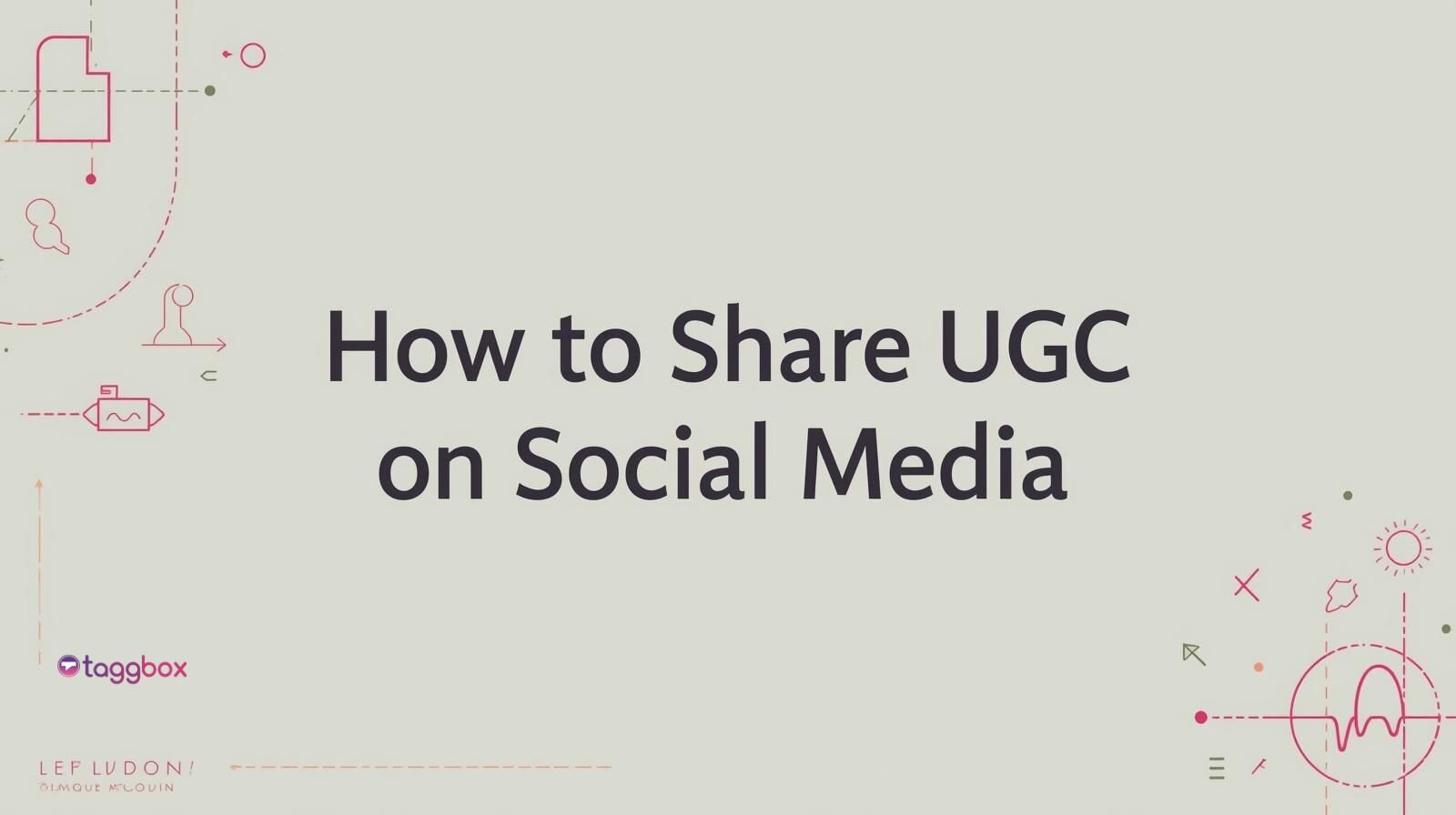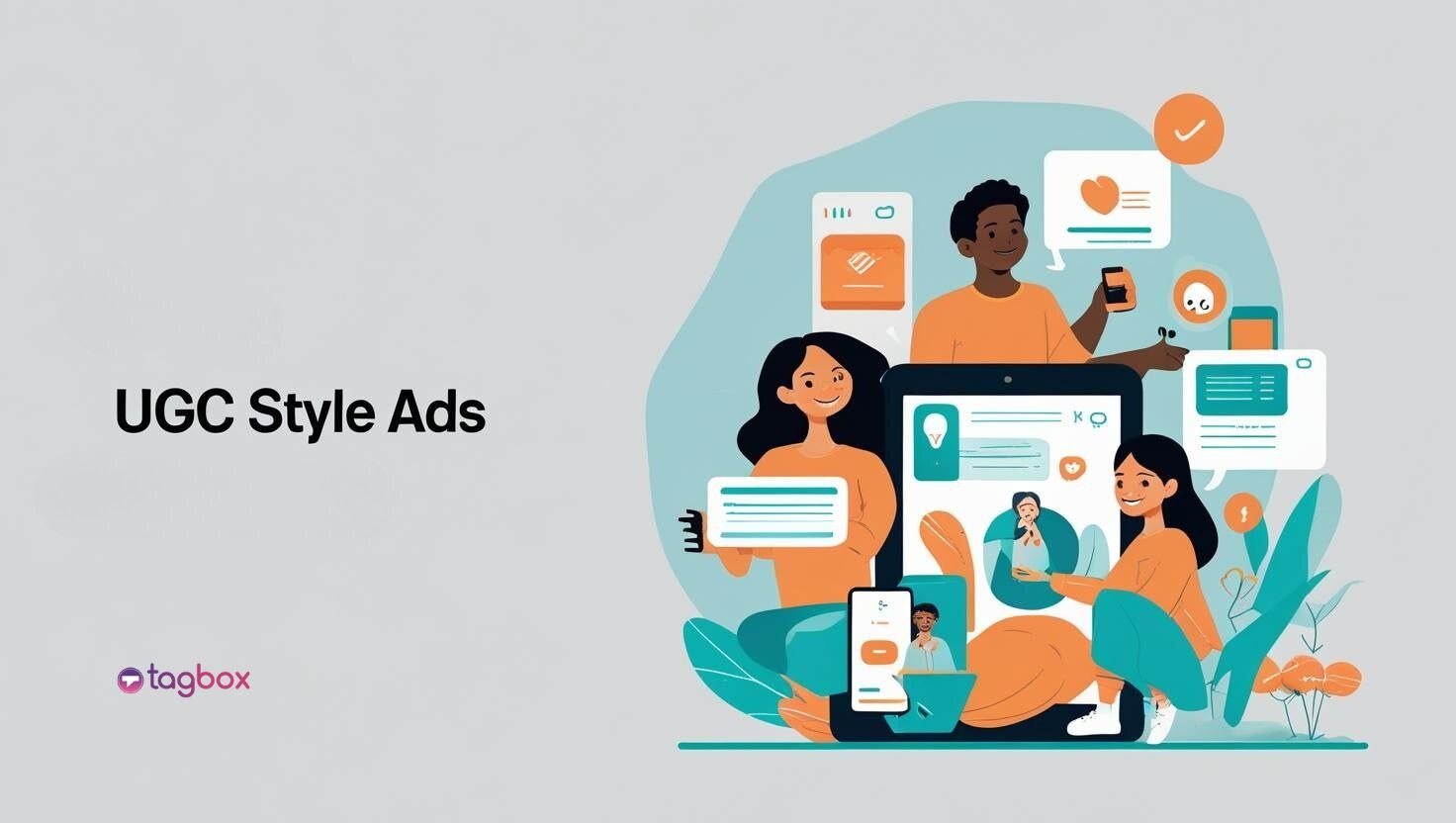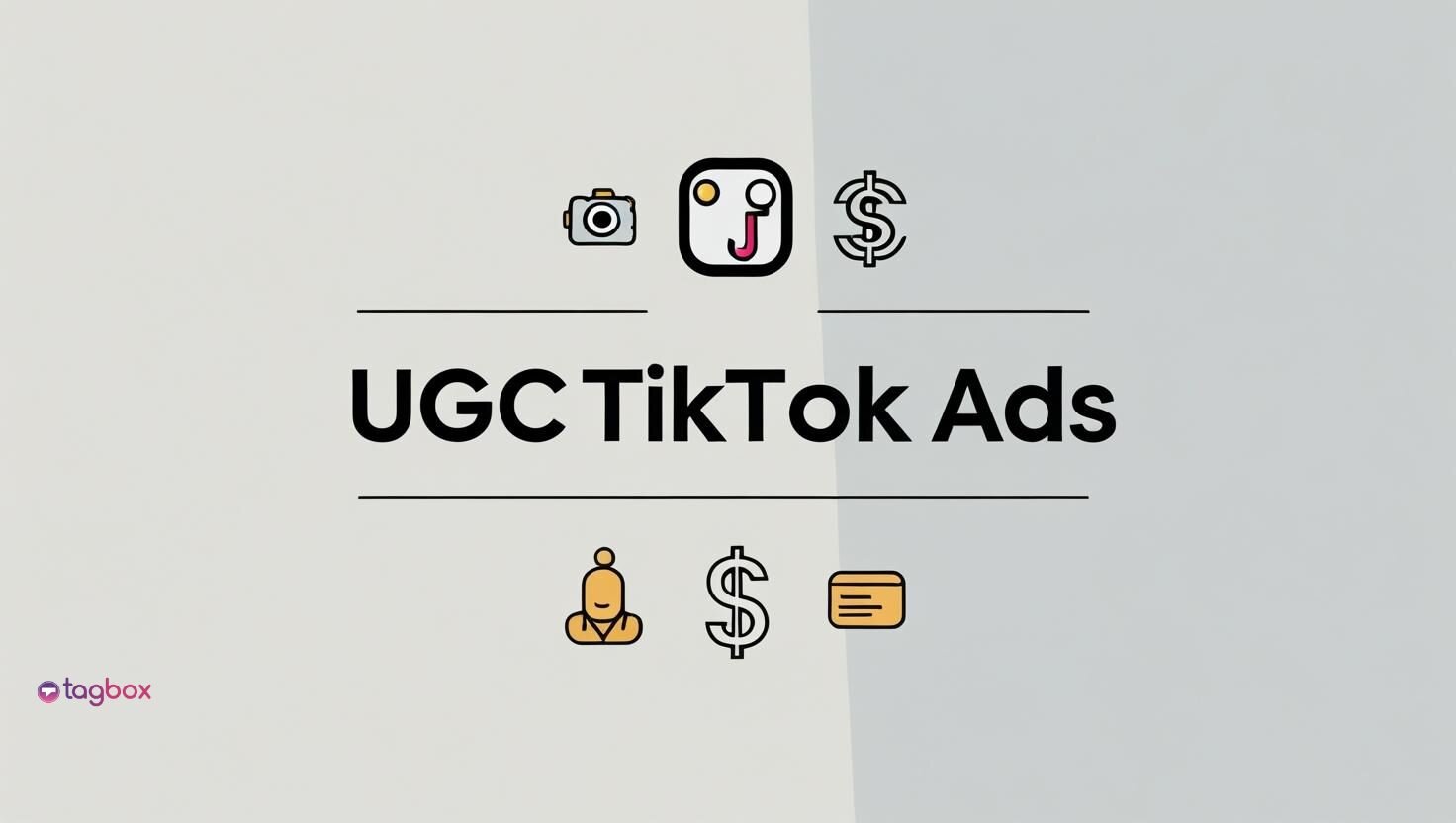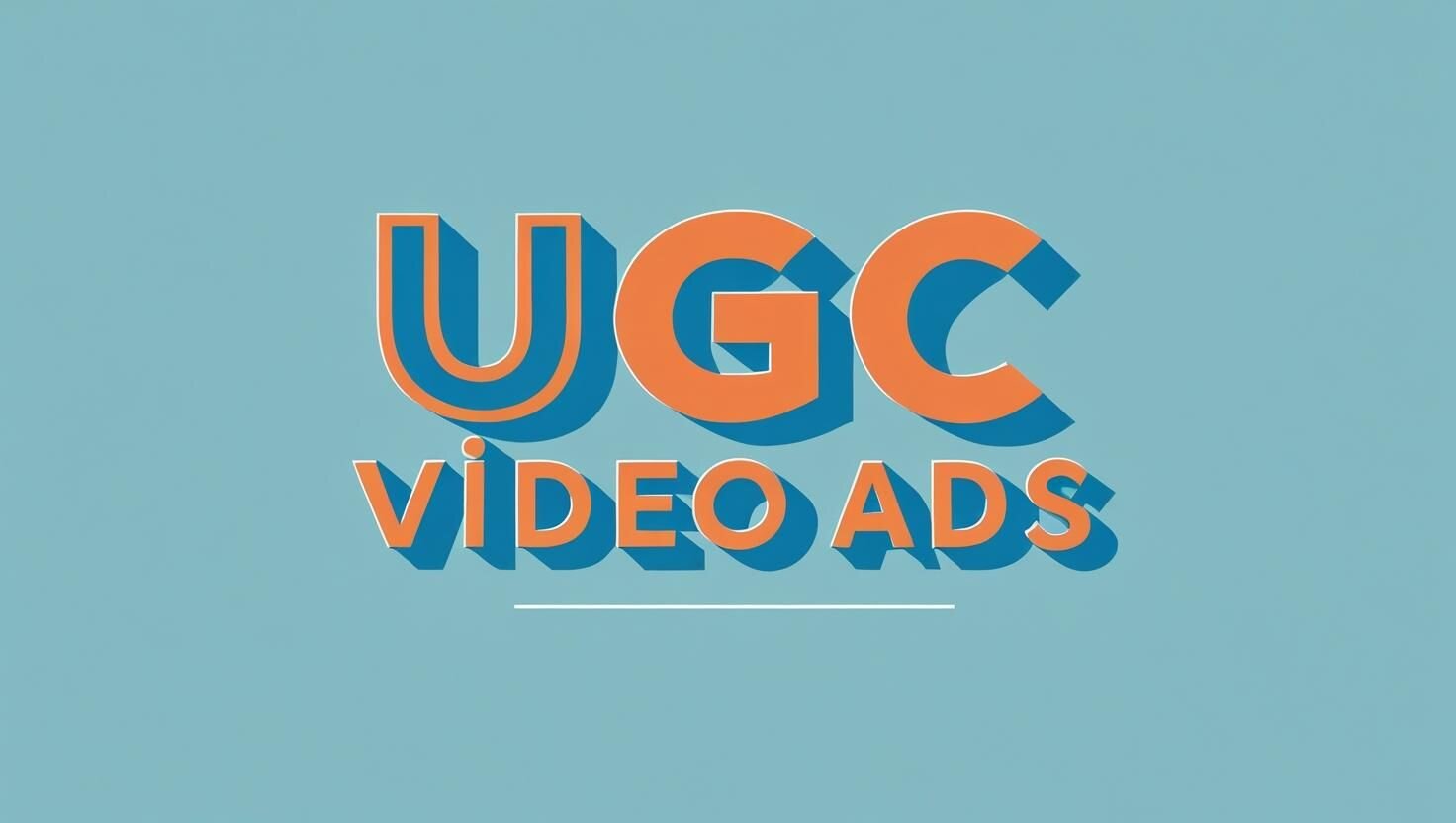What is Customer Retention: Meaning, Benefits & Proven Strategies
Being in a business means you are always chasing new customers. But you know what? A successful businessman or woman does not chase customers; they acquire customer loyalty. And it is not won in a day, but earned with effort, connections, and precision. With the advent of AI, customer retention has become easier than ever due to extensive data. But amid this data and noise, what actually works and what does not for data retention? I decided to find out. Now I am here to spill the tea about customer retention.
Read Below:
What is Customer Retention?

So, now, before we begin, let’s first understand what customer retention is.
Customer Retention is a marketing metric that keeps customers loyal to your brand, encouraging them to keep coming back and become repeat buyers. It shows how faithful your customers are and how strong your brand loyalty is. Brands spend a lot on customer loyalty programs, offering loyalty programs and incentives to maximize revenue from existing customers. A high customer retention indicates:
- A customer is happy with your products and services.
- You have a strong brand loyalty
- You are meeting the expectations of your loyal customers
The Key Metrics – How do You Measure Customer Retention?
Here are the details that you need to know while calculating the customer retention rate:
Customer Retention Rate (CRR)
The customer retention rate formula shows the percentage of customers a business retains over a given period.
CRR = ____(E-N)__ X 100/S
Where
- E = Number of customers at the end of this period.
- N = Number of new customers gained during that period
- S = Number of customers at the start of the period
For Example:
If you started with 1000 customers, ended with 1200, and gained 300 new ones, the
CRR = ((1200-300 /1000) X 100 = 90% Retention.
Churn Rate
Churn rate shows how many customers you lost during a given period. You can calculate it by:
Churn Rate = ___customer lost___ X 100/ Total customers at start
Repeat Purchase Rate (RPR)
The repeat purchase rate measures the percentage of customers who return to an organisation to buy again. You can calculate it by.
Repeat Purchase Rate (RPR) = ____Number of returning customers____X 100/Total customers
Customer Lifetime Value
Customer lifetime value is the total revenue a single customer generates for the brand over their entire relationship. A higher CLV means higher retention and loyalty.
Net Promoter Score (NPS)
The Net Promoter Score (NPS) assesses customer loyalty through sentiment, i.e., how likely someone is to recommend your brand to others.
The Amazing Benefits of Customer Retention

1. Cost Effectiveness
Do you know that acquiring new customers is 25 times more expensive than retaining existing ones? You don’t have to spend time and resources to find new customers; you have to keep the existing ones happy. Anyway, your existing customers are familiar with your brand and trust you, so convincing them is much easier. This, in turn, increases your revenue over time and builds your sales.
2. Increased Customer Lifetime Value
A good customer retention strategy directly contributes to an increased customer lifetime value. It depicts the total revenue you can expect from a single customer over the course of their relationship with the brand. Retained customers are more likely to repeat purchases and take advantage of upsell opportunities. This leads to higher revenue and more long-term profitability.
3. Better Customer Insights
Focusing on customer retention rather than acquisition enables brands to gather valuable insights into customers’ preferences and behaviors. Getting continuous feedback and customer insights helps you improve your customer retention strategy and enhance your product development.
4. Strong Brand Loyalty
Customer retention is the key to strong brand loyalty. Customers start trusting your product more than any competitor’s and share positive word of mouth, too. They act as strong brand advocates, and you can build strong brand loyalty, leading to greater purchases and engagement.
5. Increased Referrals
Satisfied customers will no doubt recommend your brand to others. These referrals are highly valuable to brands, especially new ones, helping them grab new customers at low cost. By focusing on customer retention, you create a strong referral network that drives growth and expands your customer base.
7 Customer Retention Strategies that Actually Work
Here are the customer retention strategies that will actually work in 2025:
1. Ensure a Robust Onboarding
Well, this is the first and foremost impression that you make on your customers. Trust me, this step determines your customer retention journey, whether in e-Commerce or SaaS. When it comes to e-commerce brands, ensure your landing page has a clean, detailed look with no pop-up ads.
SaaS companies must have a robust onboarding process so users can understand their product exactly as intended. The easier the onboarding journey, the more value you deliver, and the higher the chances of customer retention. Do you know why? 74% of potential customers will switch to a competitor if the onboarding process is too complicated.
- Ensure you provide video instructions with a step-by-step guide to using your product.
- Use a live chat program to help customers 24/7.
2. AI-Driven Personalization

The trend is everywhere, or I can say it is a must-have. What? Artificial intelligence. You have to use AI to enhance your customer retention and personalize your customer support. AI’s predictive capabilities can forecast churn rates, recommend products to users based on their behavior, and provide automated customer support. This AI-driven customer support will help resolve customers’ issues at any time of the day. It ends up impressing customers, increasing brand advocacy, and customer loyalty.
3. Omnichannel Engagement
Omnichannel engagement is one of the most critical steps in maintaining customer retention. When your brand shows up and is available 24/7 on phone, chat, email, social media, and on the website, customers remember you, trust me. Businesses that implement omnichannel marketing strategies retain 89% of their customers, compared to 33% for those that don’t. For example, brands like Sephora and Starbucks have always been successful in keeping retention rates high by letting customers pick up conversations wherever they left off, app, in-store, and even on Twitter.
4. Loyalty and Reward Programs
Award loyalty and incentives to your loyal customers, which must be more than discounts. Give them exclusive perks, such as early access, or make them a part of your community. This makes the customers feel valued and that the business cares about them. By offering these rewards and incentives, customers share their positive experiences, which ultimately drives customer retention.
5. Create Communities
Don’t just focus on building engagement; create communities where customers can connect, share their experiences, and support one another. You can create online communities or forums, social media groups, or use other community management tools to engage your community. This community-building encourages UGC that helps your brand display on websites and other marketing touchpoints. There are many tools available for community management and UGC to maximize your efforts. For example, with Taggbox, you can effectively manage and use your UGC.
6. A/B Test Retention Strategies
As a great marketer, you might have excellent customer retention strategies, yet you end up launching only one of them. What you can do is test multiple retention strategies to identify the customer behaviour and churn rate. This way, you can easily optimize your customer experience and determine which approach yields the best retention.
7. Collect and Implement Customer Feedback
It is equally important to implement the feedback a customer gives a brand as it is to collect it. This allows you to understand the customer’s pain points and gaps in their experiences. You can use surveys, sentiment analysis, and more to collect valuable customer feedback. This proactive approach reduces churn rate and boosts customer satisfaction.
How to Build Your Customer Retention Program
Customer retention has become more difficult in recent years, so let’s help you understand how to build a strong customer retention program for your business:
1. Have a Defined Goal
The first and foremost step before getting started is to define a clear goal for your customer retention program. Decide what customer retention metrics you want to improve, such as repeat purchase rate, customer lifetime value, etc. Once you have a clear goal, you can easily segment your customer base into different offers and programs to attract them.
2. Make an Excellent Product
This may not be a part of your customer retention strategy, but it is the first step before you even begin your business. I have put this down in this section because the initial battle for customer loyalty depends on your products and services. In the initial lifecycle of your product, you might not be aware of the improvements and optimizations. But when you regularly gather customer feedback, you can easily understand what your customers need and which new products you need to develop to acquire and retain existing customers.
Hence, ensure that, at whatever stage your product or service is, you are excellent at it to build strong brand loyalty and customer retention.
3. Use Automation Tools
Look, you can’t do everything on your own. You need various LinkedIn automation tools for different purposes to maintain and retain your customer base. In this era of AI and automation, there are various tools, such as Taggbox, to manage your email campaigns, loyalty programs, send personalized messaging, and maintain your website. This way, your manual workload is reduced, and you can target quality customers who are likely to retain.
4. Multi-Channel Outreach
You can’t be on one platform and win customers. Your presence must be on every marketing platform to build trust and retain customers. Include multi-channel approaches such as email marketing apps, SMS, email, social media, and the website to build a solid customer base. Nowadays, social media is one of the most popular platforms, so try to maintain its presence not only for survival but also to generate leads and retain customers. For example, embed a social media feed on your website to build cross-platform engagement.
5. Easy Refund and Returns
Organizations that make it difficult to process returns and refunds face customer retention issues and quickly lose customers. So make sure your customers can request refunds and returns without complexities. This elevates your customer loyalty and helps customers trust your brand and services.
6. Use Customer Loyalty Programs
Well, this is the best way to maintain higher levels of customer retention and loyalty. When you reward users for their loyalty, they are more likely to become your repeat customers. Create strong customer loyalty programs that make customers feel valued and keep them engaged with your brand.
E-Commerce vs SaaS – How Retention Plays Out Differently
Here are the key points on how retention plays out differently for e-commerce and SaaS brands:
E-Commerce Customer Retention Strategies
- E-commerce brands create personalized experiences to encourage repeat purchases and upselling.
- Their implementation and customer loyalty programs majorly include discounts, memberships, and other exclusive perks.
- E-commerce brands offer flexible purchase options, such as no-cost EMI or Buy Now, Pay Later.
- These brands offer easy refunds and returns to build trust and provide users with a seamless purchase experience.
- They deliver omnichannel engagement through email, websites, social media, chat, and more.
SaaS Customer Retention Strategies
- SaaS companies primarily focus on providing a strong onboarding experience through product education and features.
- They use data-driven insights for prediction and to prevent churn rate.
- They offer personalized support and strong customer success teams to drive customer retention.
- They regularly build communication with their customers and give them new updates and features.
What NOT to Do in Customer Retention
While most marketers focus on what to do to retain customers, here are some things that you should not do in customer retention:
1. Ignoring Customer Feedback
Look, customer feedback is the only way to improve and grow your business. If you ignore this, then you make your customers feel unheard. That’s why it is always important to solve customer queries and complaints to build trust and retain them for long-term success.
2. Overpromising and Undelivering
Never overpromise what your product or service can’t deliver. This may hamper the company’s image and break customers’ trust. So, ensure that you are honest about what your product or service can deliver to build trust.
3. Treating all Customers the Same
When you treat all your customers the same, you might not cater to all their needs and expectations. Instead, tailor your offerings to your customers’ preferences and offer personalized solutions to grab their attention and keep them engaged for longer.
4. Inconsistent Communication
Going silent after a sale, taking no follow-ups, and failing to communicate with your customers can hurt retention. So make sure you stay engaged with your customers so they don’t miss any updates or forget your brand.
5. Ignore Competitors
If you have trusted customers, that doesn’t mean your competitors can’t acquire them. Keep a regular check on your competitors’ loyalty programs and strategies so that you never miss a chance to stay on top of trends. This approach helps you stay ahead of your competitors and retain customers more easily.
The Future of Customer Retention
The market of customer retention is growing rapidly, and here’s what you can expect from it in the future:
- Hyper-Personalization at Scale: Brands are now leveraging AI to go beyond basic personalization. AI can quickly analyze trends and behaviors, enabling you to highly personalize your customer retention strategies for each customer and enhance your customer lifetime value.

- Predictive Analysis and Behavioural Forecasting: AI can track and analyze large amounts of data to identify customer needs and churn risks, and provide exceptional solutions.
- Ethical and Value-Based Retention: Customers increasingly expect brands to respect their privacy and to retain them without compromising their security.
- UGC and Social Proof: User-generated content will always play a bigger role in customer retention and connections, no matter the advent of AI.
Conclusion – What I Learned from Trying All This
Trying different customer retention strategies taught me that you only need a mindset shift. Most marketers focus more on acquiring new customers and ignore the pain points that existing customers face. You need to truly listen to your customers, engage across multiple channels, and create hyper-personalized strategies to maintain customer retention and loyalty. This approach helps maintain a loyal customer base, thereby reducing churn rates. I hope you liked this blog and that the strategies under it will genuinely help you create a strong customer retention strategy for your own business. Don’t wait and begin early, truly create an impact on your business.







